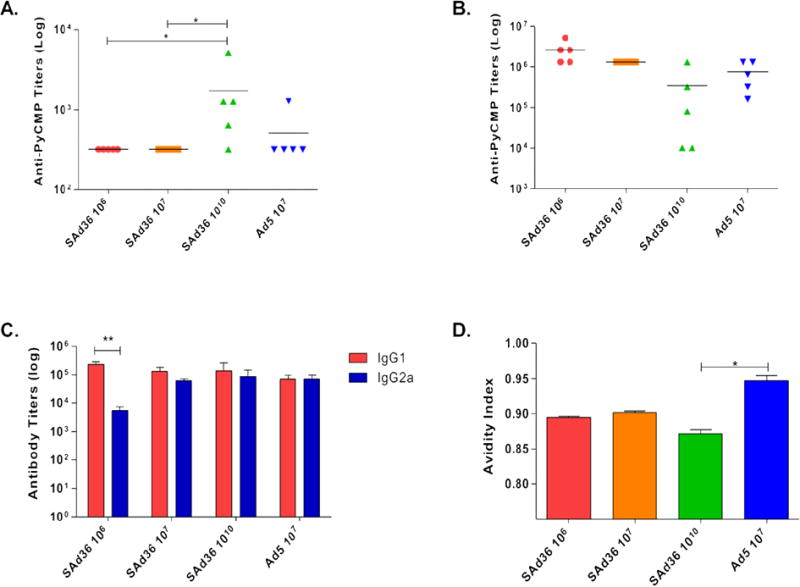Figure 1. SAd36PyCMP elicits comparable antibody responses compared to Ad5PyCMP.

Female CB6F1/J mice (n = 5 per group) were vaccinated according to the regimens described in Table 1. (A) Anti-PyCMP antibody titers measured 20 days after the priming immunization. Each symbol represents the values for an individual mouse. The horizontal lines represent the arithmetic mean for each group. Statistical analysis was conducted using Kruskal-Wallis and Dunn’s post-test, *p<0.05. (B) Anti-PyCMP antibody titers measured 20 days after the final immunization. (C) Comparative titers of IgG1 and IgG2a antibody subclasses induced by each immunization regimen measured 20 days after the final immunization. Endpoint ELISA titers were measured as the highest dilution of sera that resulted in an optical density of 0.5 (OD0.5) and were determined using the recombinant protein PyCMP and serum from mice immunized with Ad5 or SAd36. (D) Avidity of antibodies induced by the different vaccinated groups calculated as defined by Perciani, et al. [34]. Statistical analysis was conducted using Kruskal-Wallis and Dunn’s post-test, *p<0.05.
